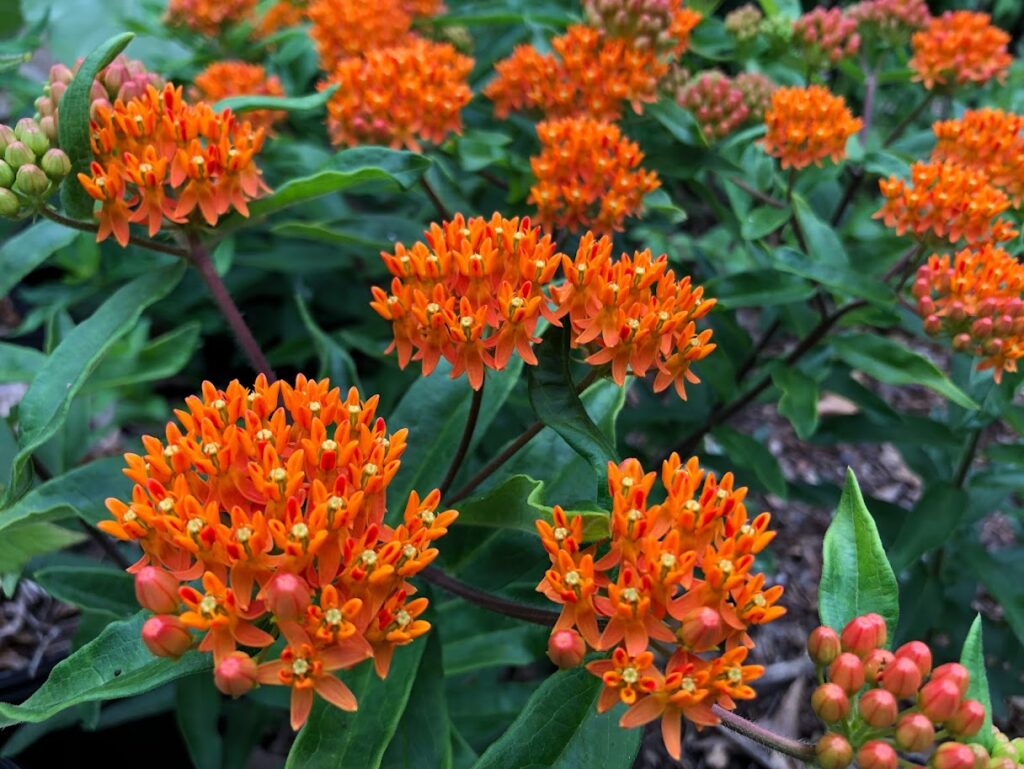
More and more very good people with the best of intentions are giving away Common Milkweed (Asclepias syriaca) seed pods on Halloween. Here’s why that’s a bad idea.
-They’re often advertised simply as “milkweed.” There are at least five varieties of milkweed that are native to parts of New England, each with different names, but they’re all “milkweed” varieties.
-People who know about the different varieties and their growth habits know how to find free milkweed seeds. People who don’t know about the different varieties are probably getting something they don’t really want.
-Takers probably don’t want Common Milkweed seeds for a variety of reasons. Among them, the plants bloom for a short time and quickly look like they’ve been hit by an ugly stick. They get a black moldy look to them, large shriveled leaves, and these prehistoric looking spiked pods. Worse, they spread by seed and by root runners. A single plant will put out multiple 8′ long roots from which many new plants will grow.
-This seed and root growth habit allows them to spread aggressively and colonize areas. It is very difficult to contain Common milkweed to a limited area or to have just a few “specimen” plantings.
And here are the two long-term problems:
1. Once people see the growth habit of Common Milkweed and how they look after they’ve been beaten with the ugly stick, they often cut the plants down, not realizing there may be Monarch Butterfly eggs or young caterpillars on the plant. When new plants pop up from the long roots still alive, people cut those down, again with Monarch eggs/caterpillars potentially on those. I’ve seen people do this for years, potentially killing who knows how many Monarch butterflies.
2. People then learn to paint all milkweed varieties with the same brush. (Remember when the pods were advertised as “milkweed?”) They’ll now plant something Monarch butterflies can’t lay eggs on instead, thinking that all “milkweed” have the same characteristics.
There’s no understanding that other native milkweeds are more attractive longer but do not share the aggressive growth habits.
In most of New England, native milkweeds without Common Milkweed’s worst habits include:
- Asclepias tuberosa (Butterflyweed) pictured above,
- Asclepias verticillata (Whorled milkweed),
- Asclepias incarnata (Swamp or Rose milkweed),
- Asclepias exaltata (Poke milkweed).
So with all due respect to folks giving out Common Milkweed pods, and as a warning to those taking them, I’d encourage reconsidering and instead think about distributing/planting different native seeds, and different native milkweeds.
